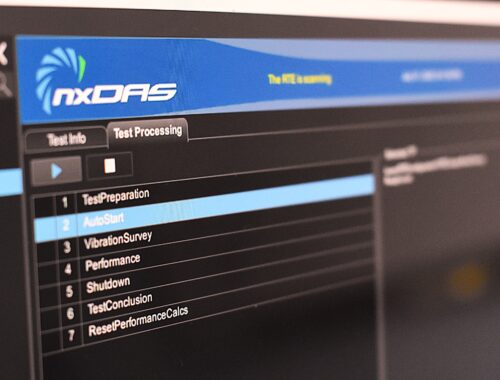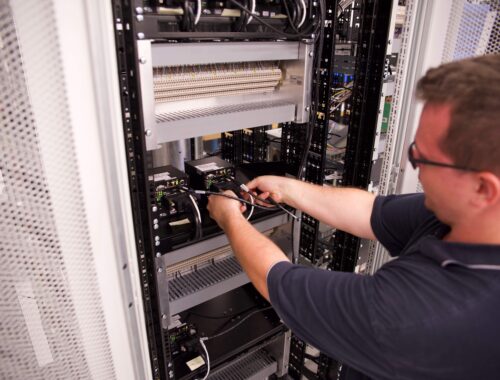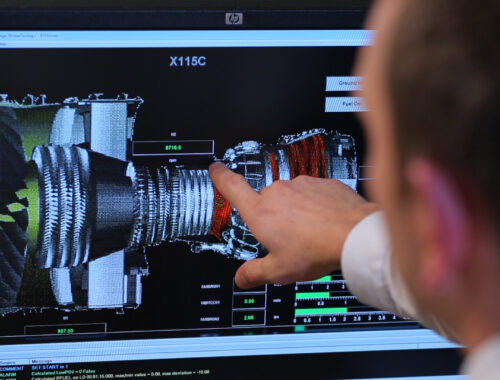MDS Systems Engineering: Simplifying Complexity
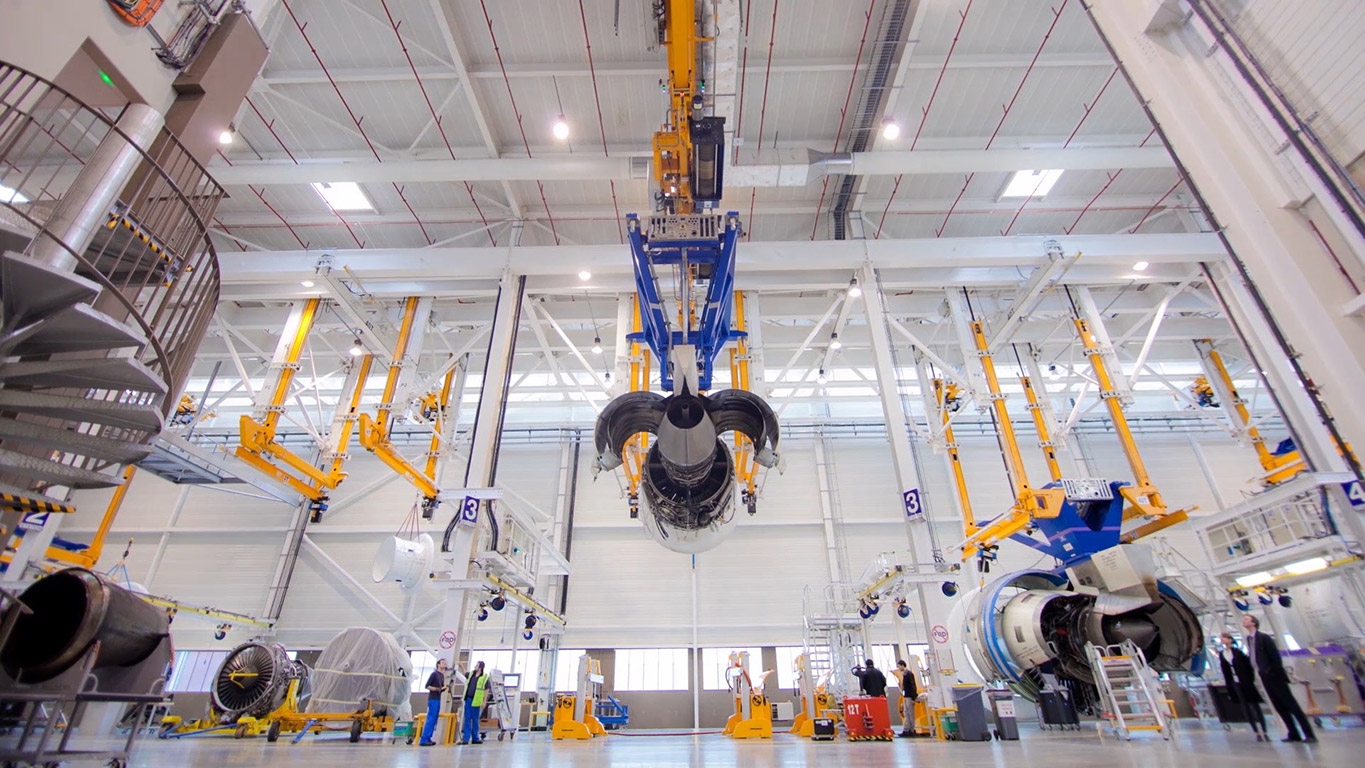
A test facility designed and built by MDS.
Gas turbine engine testing facilities are complex, intricate and highly specialized systems that harmoniously work together to ensure safe and reliable engine operation. We would know – we’ve built many of them, including the largest one in the world! With such intricate projects, connecting all the dots correctly is a complex job.
That’s where systems engineering comes in!
Systems engineers are multi-disciplinary specialists who are able to see the big picture, and make sure that all the parts of a project fit together seamlessly.
When it comes to engine test facilities, a “system” can be the entire facility, including hardware, software, personnel, equipment, and the processes required for the testing itself. Or it can be a simple hydraulic power unit, for example. Systems engineers make sure that all elements of a project fit together perfectly during the design so that surprises are eliminated during site implementation.
How do they do this?
During the early planning stage of a project, and throughout the design process, the Systems Engineer’s role is to set the design constraints for interfaces and steer the direction of the engineering effort. The Systems Engineer ensures the system requirements are adequately defined at the onset, monitors the design progress for compliance to these requirements, and ensures the timely delivery of the engineering outputs. Common techniques such as the N2 diagram are used to manage various interfaces, track design information between different disciplines, manage third party information and coordinate the overall engineering effort. Even once delivered to site, the Systems Engineer continues to be accountable for systems through installation, commissioning, and customer acceptance providing continuity on a project from start to finish.
Some of the responsibilities of the Systems Engineer throughout the design phase include:
- Monitoring system progress and providing inputs to the project schedule
- Working with the engineers to develop a plan the fabrication, assembly and testing of each system
- Ensuring the costs are following the agreed strategy for the design development phase
- Facilitating the exchange of information between various engineering disciplines, third party vendors and clients
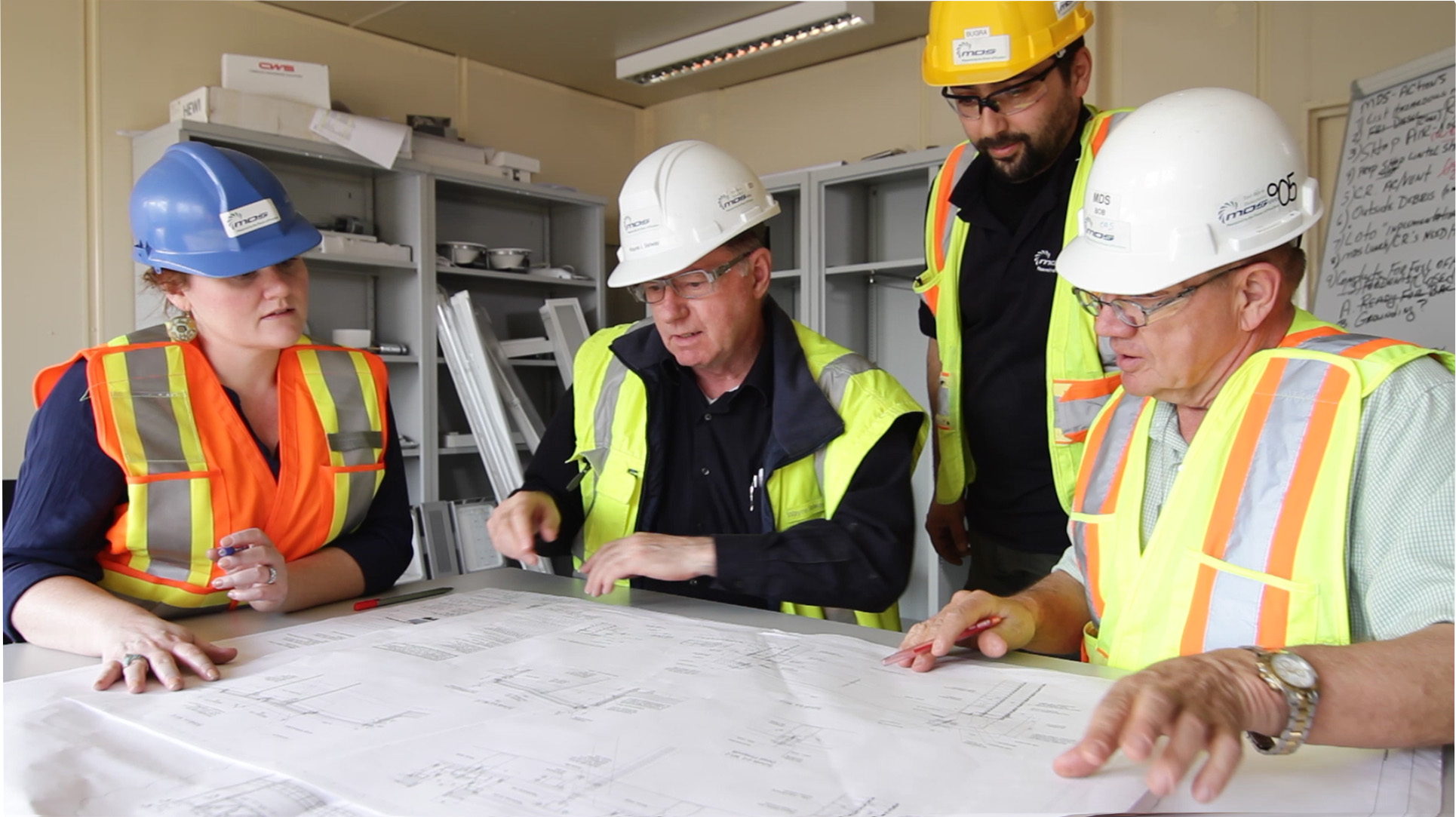
MDS Engineers hard at work on-site.
Our systems engineers focus on solutions, providing broad engineering leadership to effectively support MDS projects. They typically have an Aerospace, Electrical, Mechanical or Chemical engineering background, with Professional Engineer Designation. Strong leadership and communication skills are essential for anyone in a systems engineer position.
Continuity of technical leadership ensures that each MDS system is delivered to site with minimal surprises.
In summary, the role of Systems Engineer is indispensable to the success of our projects. Their expertise in product design, systems integration, and project management ensures that every aspect of our engineering endeavors is meticulously planned and executed. By bridging the gap between various departments and maintaining seamless communication with clients and vendors, systems engineers uphold the integrity of our processes and drive our projects to successful completion. Their diverse engineering backgrounds and strong leadership skills make them the cornerstone of our engineering operations, ensuring that we consistently deliver innovative and high-quality solutions.
Partner with MDS today.
Reach out to info@mdsaero.com



